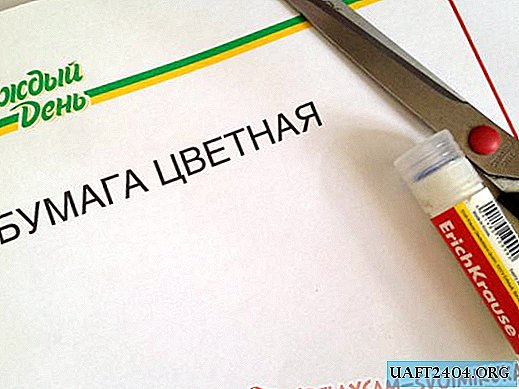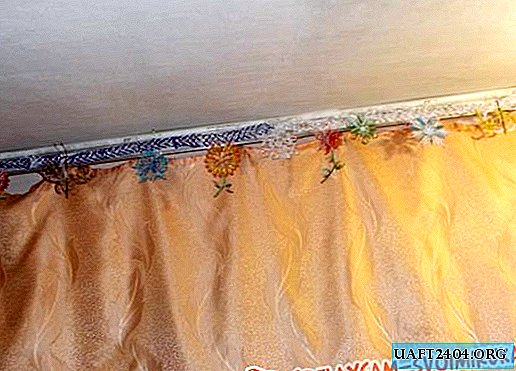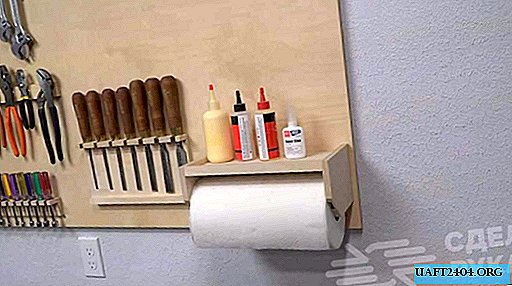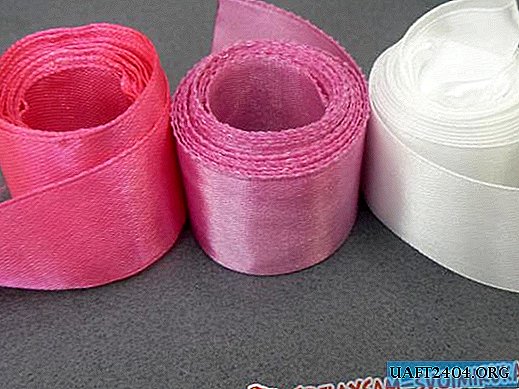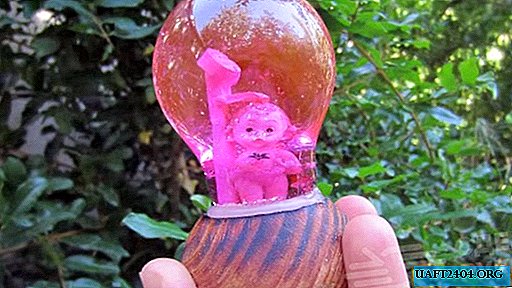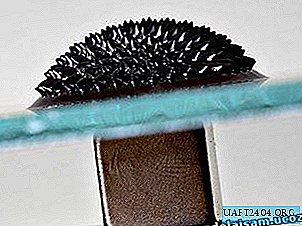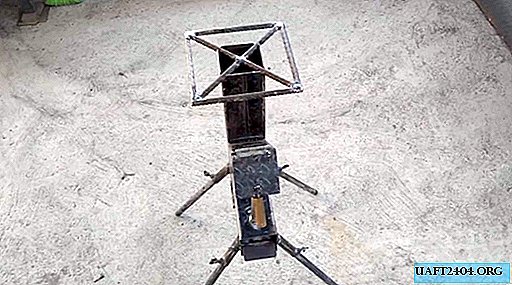Share
Pin
Tweet
Send
Share
Send
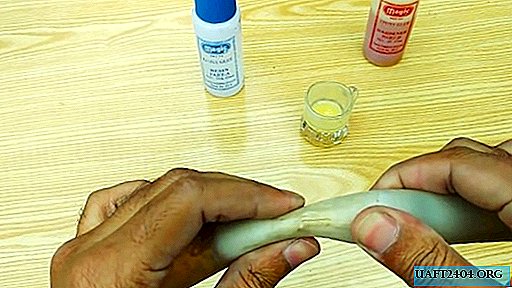
Cut off the damaged area and then connect two pieces of flexible hose with a metal tube is problematic. Why? It is not always possible to find such a pipe, there is no hacksaw for metal or a grinder of difficulty with clamps of appropriate sizes. There is an easier way to quickly and reliably repair a damaged area.
What materials and tools are required
To repair the hose, prepare a piece of plastic tube of about the same diameter as the repair hose. It is necessary to select according to the external diameter of the hose and the nominal diameter of the tube. The length should be such that it covers damaged areas by at least 2-3 cm. Bonding is done with epoxy resin, an assembly knife is required to cut the materials.
How to seal a cracked hose
Prepare epoxy glue. It consists of two components, it is necessary to mix them carefully in a small container in the proportions indicated in the instructions. Inspect the location of the damage. If they were formed as a result of an impact or impact, then cracks appear symmetrically on both sides.
Clean the area from dirt, degrease it, you can use alcohol or any solvent. The cleaner the surface - the higher the adhesion parameters, the more reliable the patch will be.
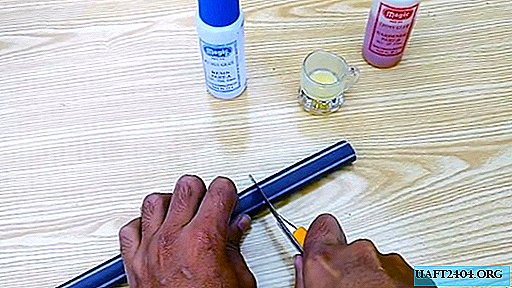
Cut a piece of the desired length from the plastic pipe, work carefully, do not injure your hands. The blade of the mounting knife is very thin and easy to bend, and it is made of alloy steel with additional heat treatment. Such metal breaks down quickly.
Place the tube upright and cut it all the way. Never try to cut along the axis while lying down, the tube may turn and the knife blade seriously injures your fingers. Clean the inner surface; technical dust often accumulates there.
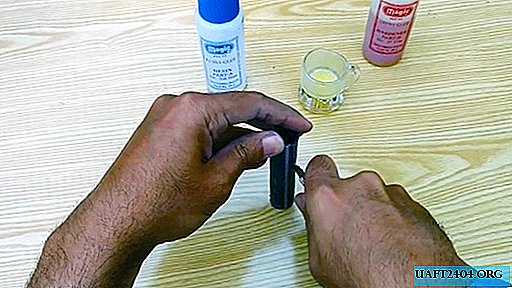
Check how the patch fits in length and diameter. Put it on the flexible hose, see if the damages completely close.
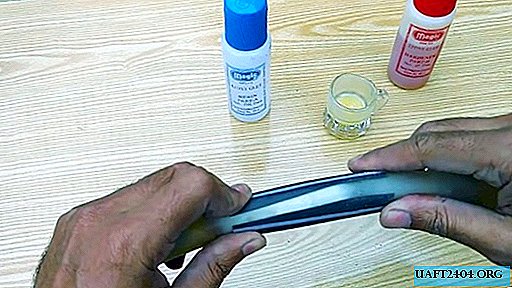
Everything in the room - pick up the phone. Carefully coat the inside with a long stick with epoxy. Do not save material, it is necessary to process the entire internal area of the nominal diameter.
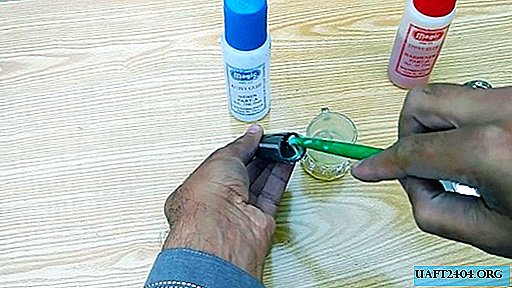
Apply glue to the surface of the hose in accordance with the above recommendations. Pay particular attention to damaged areas.
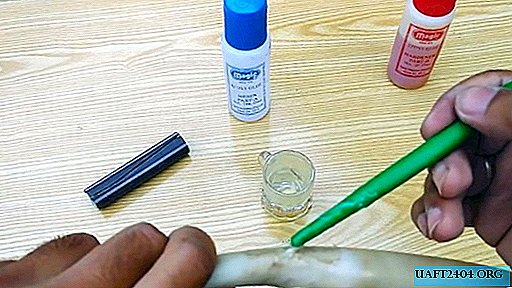
Put the tube on the hose, slightly turn it behind and counterclockwise. This is necessary so that the glue is evenly distributed between the two surfaces and completely fill the voids.

Carefully smooth the exposed excess epoxy through the slots. Seal the ends of the plastic tube.
Conclusion
The only drawback of the described method of repairing holes in a flexible hose is that it cannot be bent in a sealed place. But this is not critical, if used carefully, the hose will regularly serve the time allotted by the manufacturer.
Share
Pin
Tweet
Send
Share
Send

